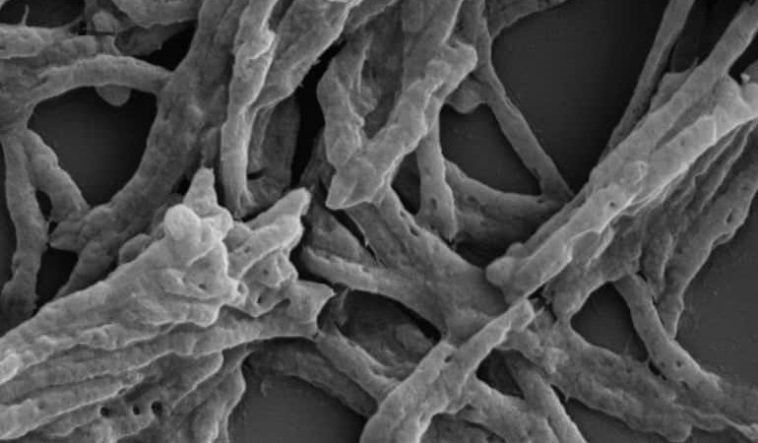The researchers at Monash University in Australia have discovered an enzyme called ‘HUC’ that can convert hydrogen in the air into electricity by using its ability to bind with hydrogen. To maintain itself underground, Mycobacterium Smigmatis, a common soil bacterium, produces an enzyme that converts hydrogen in the air into usable energy to help the bacteria survive. According to research, we can replace solar panels with wind-powered devices if these enzymes are manufactured sufficiently.
Some studies have shown that some types of bacteria can convert hydrogen in the air into energy, allowing them to survive in environments where food is scarce due to the ability to convert hydrogen into energy. It has been reported that scientists from Melbourne have published a study in the journal Nature, in which they explain how it is possible to make this enzyme that produces energy from hydrogen. The researchers then used the new technique of cryogenic electron microscopy to determine the atomic structure of the ‘HUC.’ As part of this technique, a sample of the enzyme is cooled to cryogenic temperature, i.e., minus 150 degrees, and is bombarded with electrons for a while. The camera captures a high-resolution image of the process as the electrons pass through it. According to scientists, there is evidence to suggest that these enzymes can be stored for a long time.
They demonstrated that this enzyme, called HUC, can turn hydrogen gas into electricity. Unlike all other enzymes and chemical catalysts known to science, Dr. Grinter states that this enzyme is extraordinarily efficient. It even consumes hydrogen well below atmospheric levels, as little as 0.00005% of our air. The researchers used several cutting-edge methods to reveal the molecular blueprint of the oxidation of atmospheric hydrogen. This study used advanced microscopy (cryo-EM) to determine the atomic structure of the enzyme and its electrical pathways, pushing the boundaries to obtain the most precise structure of the enzyme reported by this method to date. Furthermore, they were able to demonstrate that even at tiny hydrogen concentrations, the purified enzyme can generate electricity using a technique called electrochemistry.
In technical terms, HUC is a “natural battery” that can produce a sustained electrical current from the air or if hydrogen is added. The discovery of HUC is still in its infancy. Still, it has considerable potential to be used in developing small air-powered devices, for example, as an alternative to solar-powered devices. It has been found that the bacteria that produce enzymes like HUC are common in Nature and can be grown in large quantities, in other words, we can access a sustainable source of the enzyme. Dr. Grinter’s vision is that one of the key objectives for future work will be to scale up the production of Huc. As soon as we can produce HUC in sufficient quantities, we can use it to produce clean energy in endless ways.”


